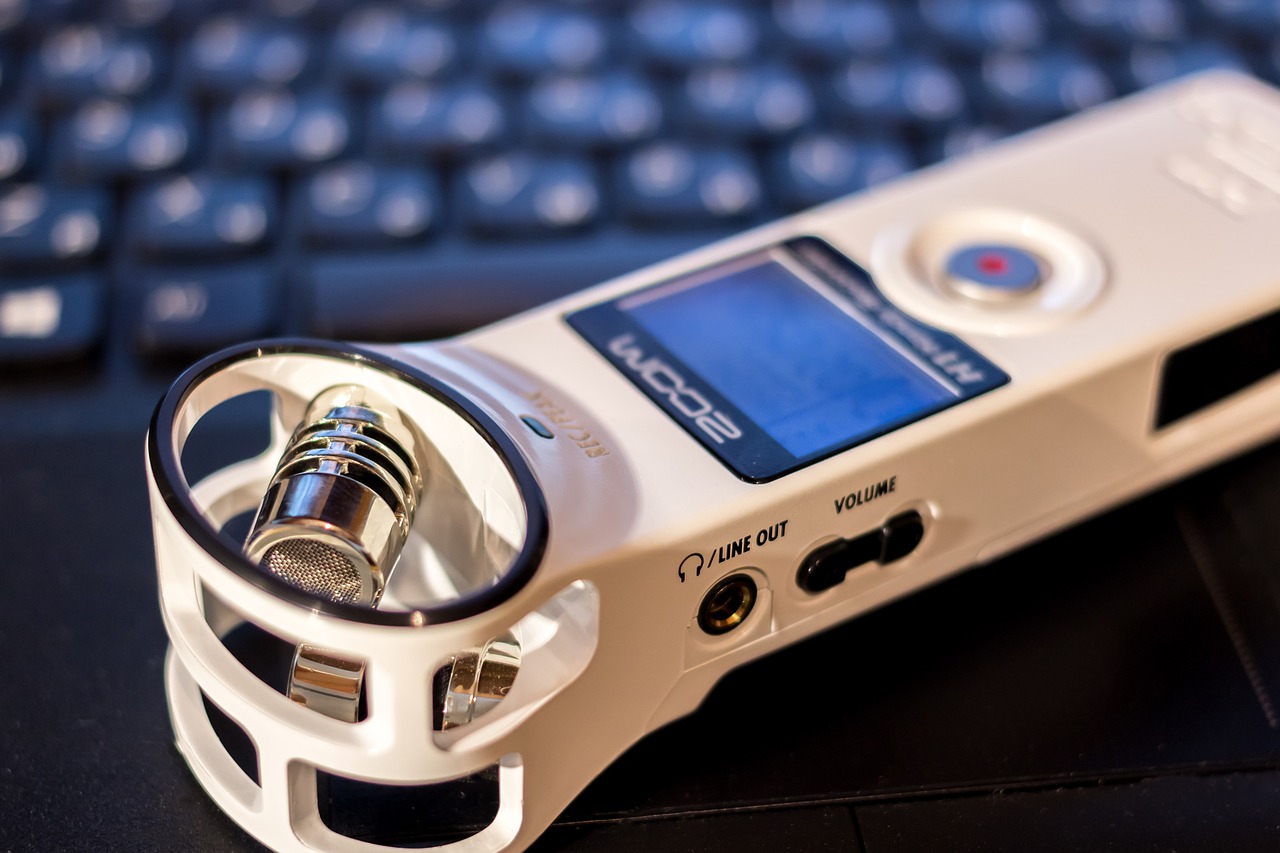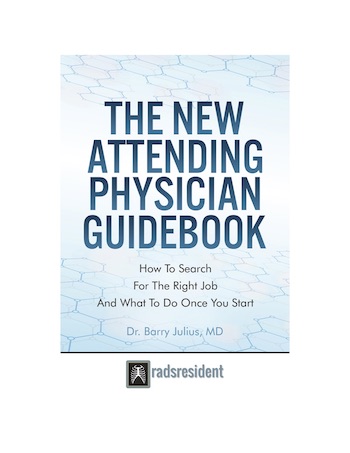
Not all ordered procedures make sense. Perhaps, the clinician decided on you performing a biopsy based on an incorrect typographical error in a report from the radiology department. Or, even though the clinician thinks that a carotid stent would be helpful, you conclude that the risks of a procedure outweigh the benefits. In the end, these decisions to perform or cancel a study are ours to make, not the referrers. And, sometimes, canceling a procedure for a good medical reason is the best we can do for the patient, end of story. You can feel good about yourself, doing right for the patient. Plus, you have one less procedure for the day!
But wait. Is that all? Well, you have not completed your work yet. What is the one way that you can get yourself into loads of trouble even though you canceled a procedure for a good reason? Hint! You can look at the title above, or instead, check out what I am about to tell you in capital letters: CALL THE CLINICIAN! And, let me tell you why.
It May Delay Clinical Treatment
Even though you serviced the patient well by canceling a procedure, it may not have benefited the patient as you thought if you do not notify the ordering physician. Let me give you an example. You were planning on performing an angiogram to determine the location of a GI bleed. And now, you have canceled the examination because the GI bleeding stopped. And let’s assume you did not contact the ordering physician. Well, perhaps, the treating physician had delayed treatment for hyperthyroidism based on the assumption of your administration of intravenous contrast material. Look what you did! Now, the patient had her treatment hindered for many weeks by your lack of communication.
Potential Increasing Risks To The Patient
Sometimes patients temporarily stop necessary medications before a procedure. For instance, many patients take Coumadin as preventive medicine for stroke if they have a prosthetic valve because they are at increased risk for blood clots. Therefore, typically, you need to withdraw the patient from anti-coagulants to prevent bleeding during or after a procedure.
And, when you cancel a procedure, many times, the patient will not return to their regular scheduled regimen until the doctor reorders it. Moreover, the patient’s risk for stroke can increase each day he does not receive the medication. Therefore, it behooves you to let the ordering physician know. Why would you want to enhance a patient’s risk for further morbidity?
It’s Offensive Not To Notify The Ordering Physician
One of our prime roles as physicians is to communicate results (or lack of results) to our colleagues and patients. By withholding critical information from the ordering physician, you disrupt the link. And, yes, canceling a procedure counts as “critical information.” If you want to make sure not to get repeat customers in your department, be sure not to pick up the phone and call!
You Can Ruin Your Reputation
Technically, you may be the best neuro angiographer in the world. But, if you cannot let your colleagues know that you decided to cancel that stent placement procedure, then, who cares about how good you are? You are not giving patients the best medical care. And, you certainly do not want to establish that reputation.
There’s More To Do After Canceling A Procedure!
Practicing quality radiology involves more than just making quality clinical decisions and performing appropriate procedures well. Just as importantly, we also need to maintain the links of communication with our clinical colleagues so that we can give the best possible care to our patients. And, if sometimes, the best decision for the patient is to cancel a test, make sure to contact your fellow physician. Don’t spoil your excellent patient care with a lack of communication!















